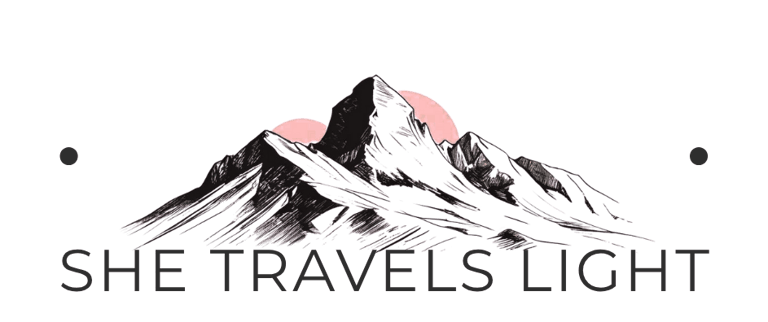Is the Uyuni Salt Flat Tour Worth it?
A personal story from Bolivia’s Salt Flats — raw beauty, cold nights, and the quiet feeling of wonder that sometimes hides behind discomfort. Learn from my experience.
Sasha Hjort
8/9/20257 min read

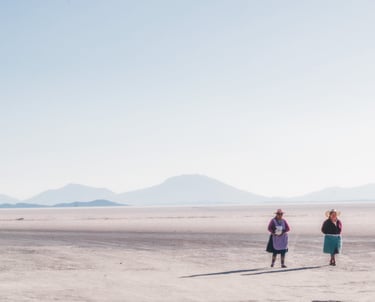
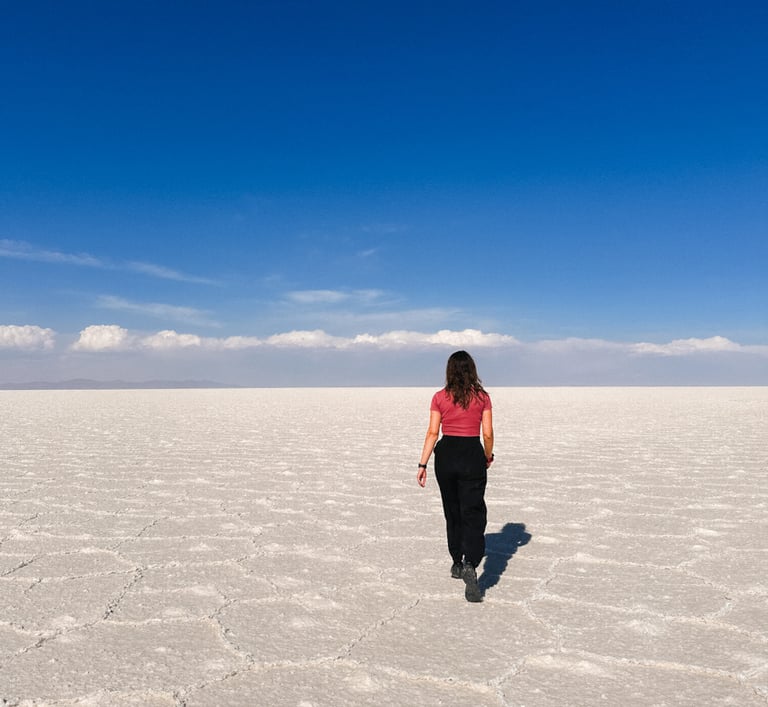


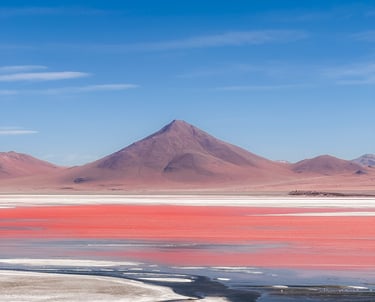
Is the Uyuni Salt Flat Tour Worth it?
A personal story from Bolivia’s Salt Flats — raw beauty, cold nights, and the quiet feeling of wonder that sometimes hides behind discomfort. Learn from my experience.
9/08/2025 • 7 min read

Table of Contents
Click on the topic of interest for faster navigation:
What is the Uyuni Tour, and Why Do People Book It?
Bolivia’s Salar de Uyuni is one of South America’s most hyped destinations. At over 10,000 square kilometers, it’s the largest salt flat in the world — and a place that draws in backpackers, influencers, adventure-seekers, and tour buses alike.
The most common way to experience it? A 3-day jeep tour from Uyuni to the Chilean border. You’ll pass through surreal salt landscapes, high-altitude lakes, geysers, volcanoes, and desert valleys dotted with wild flamingos and roaming llamas.
That’s what I signed up for. But was it worth it?
The Booking: Easy on WhatsApp — but Details Matter
We booked with a company called On Experiences, and the process was easy enough. We contacted them on WhatsApp, and a few messages later, we had secured our 3-day, 2-night tour from Uyuni to the Chilean border near San Pedro de Atacama.
We paid extra for an English-speaking guide. In hindsight, that was optimistic.
What We Actually Got: A guide who was just a chauffeur
Calling our guide a “guide” is a stretch. He was a driver, a cook, and someone who occasionally mumbled a few words in English — mostly to tell us where to take a photo.
There was almost no storytelling, no background info, no local knowledge. At best, he pointed and said, “mountain.” It was hard not to feel a little short-changed when we’d specifically paid more for the English guide experience.
The Food: Spaghetti and Sausages
The meals on this tour were basic. Not that I expected gourmet, but one night we had spaghetti with sliced hotdog sausages — and that was it. It wasn’t enough for our group, and the food was neither fresh nor particularly filling.
Day by Day: What We Saw and Did
There was little to no context or information about the places we stopped at. A few of the stops felt like they only existed so we could say we saw something “famous” — or so the tour company could justify the price.
Day 1: Train Graveyard, Salt Flats, Souvenirs, and Cactus Island
We started at the Cementerio de Trenes, or Train Graveyard — a dusty lot outside Uyuni where rusted trains sit abandoned. You’re encouraged to climb on them and take quirky photos. That’s about it.
From there, we drove onto the salt flats. The scale of it was staggering — an endless white horizon under a bright blue sky. But instead of pausing to learn about the place or simply take it in, the focus quickly shifted to a photoshoot. Our driver insisted we do the “classic” perspective shots — pretending to be eaten by a dinosaur figurine, balancing on a Pringles can, leaning toward a wine bottle. My friend and I weren’t keen on it and politely said no, but “no” wasn’t really an option. Group photos with our six-person tour were treated as mandatory, and saying no felt awkward.
The others seemed to genuinely enjoy it, laughing and coming up with ideas, and I didn’t want to be the mood-killer. But for me, it felt like missing the point. I’d come hoping to learn about this strange, shimmering place, maybe even walk in the quiet for a while — but instead, we were lining up props and posing.
Later, we stopped at a small village on the edge of the flats where locals demonstrated how the salt is processed. It could have been an interesting cultural moment, but we stayed far too long, and it became obvious the real reason for the stop was the souvenir stalls. With no other option than to wait, it felt more like a scheduled shopping break than part of the journey.
We ended the day at Isla Incahuasi — a cactus-covered island in the middle of the salt desert. This was one of the better stops, though you have to pay an extra entrance fee (not included). The view from the top is panoramic and worth the short hike. Afterwards, on the way to the hotel, we drove in the light from the setting sun. A view I'll never forget.
That night, we slept in a salt hostel — the walls, floors, and even the furniture were made of salt bricks. A unique touch, although the rooms were freezing and the power cut out before 9 p.m.
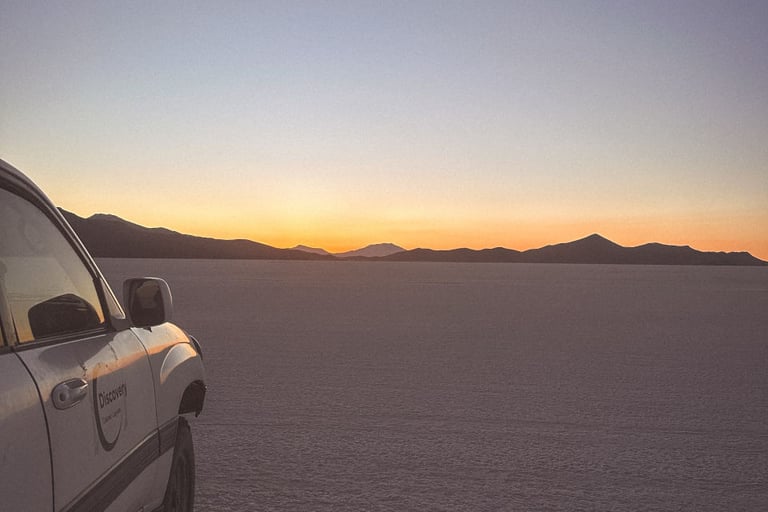

The sunset in the desert of Salar de Uyuni
Day 2: Lakes, Flamingos, and hot springs
This day was mostly about the drive. We passed through Laguna Cañapa, Laguna Hedionda, and Laguna Colorada, all of which are home to flamingos and offer stunning views when the light hits just right.
That said, there was very little explanation of what we were seeing — no talk of altitude, geology, or wildlife. Our “guide” just said “flamingos” and left it there. We stood, we snapped photos, we drove on.
Some of the landscape started to blur together. Don’t get me wrong: it was beautiful. But without any storytelling or deeper context, it became just a slideshow of backgrounds.
We ended the day at a very basic hostel. It honestly looked like the kind of place where someone might hold hostages. No heating, concrete floors, paper-thin blankets. The redeeming moment? Hot springs right outside, and the clearest night sky I’ve ever seen. I saw four shooting stars and forgot — for a while — that my toes were frozen.
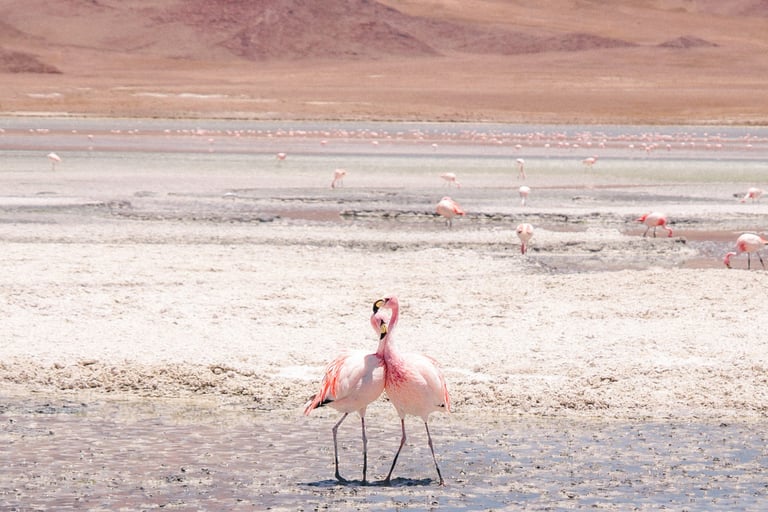

Flamingos in the Atacama Desert of Bolovia
Day 3: Geysers and Crossing into Chile
On our final morning, we visited Sol de Mañana, a geothermal field with bubbling mud pots and steaming fumaroles. We were there at sunrise — which was spectacular — but again, no information was shared about what we were looking at.
From there, we continued toward the Chilean border at Hito Cajón, stopping once or twice more for “photo ops,” including a place they referred to as the Salvador Dalí Desert. Why? Because some rocks apparently reminded tourists of his surrealist paintings. That was the full explanation. Not exactly compelling.
We arrived at the border, a tiny outpost at 4,500 meters, and transferred to a shared minibus heading to San Pedro de Atacama.
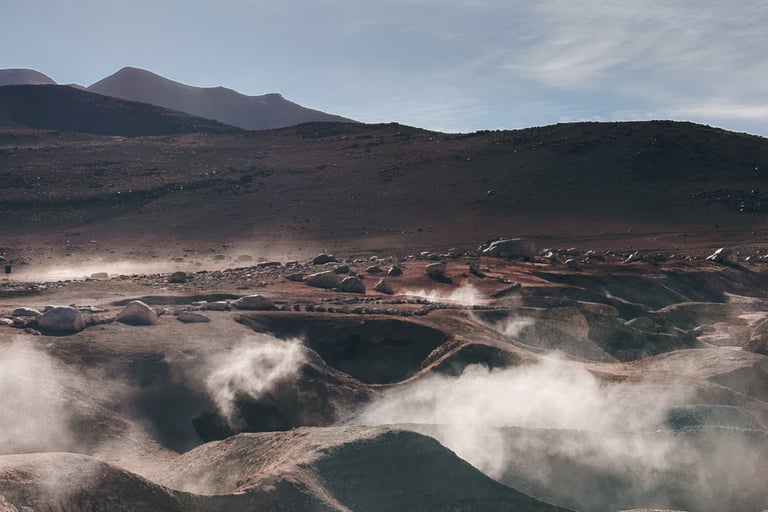

Geyers in the Atacama Desert of Bolivia
My Final Verdict: Is the Uyuni Tour Worth It?
It depends what you expect.
If you want jaw-dropping landscapes, surreal salt flats, and otherworldly lagoons — you’ll get them. The scenery is undeniably beautiful. If you’re into photography, you’ll come back with incredible shots.
But if you’re looking for a cultural or educational experience, this tour might fall short — especially with a company like On Experiences, where we felt more like passengers than travelers. The lack of guiding, bad food, basic accommodations, and the sense of being herded from stop to stop made the whole thing feel more like a tourist assembly line than an adventure.
For me, it was too expensive for what we got. And I left wishing I had done more research or chosen a different operator.
Would I Recommend It?
I’d say this: do the Uyuni tour, but choose your company wisely. Make sure you know:
Who your guide will be and what language they actually speak.
What’s included in terms of food, accommodation, entrance fees.
Whether it’s a one-way trip to Chile or a round trip back to Uyuni.
It’s also a good idea to go in with adjusted expectations: this is a rough, no-frills adventure, not a curated experience. Bring snacks, bring layers, and bring curiosity — even if your guide leaves a lot unsaid.
3 Quick If You Decide to Go
Bring a Wide-Angle Camera Lens: The salt flats are massive, and your phone might not do the scale justice.
Pack for Extreme Conditions: The weather changes fast. Think cold nights, dry air, and sunburn risk during the day.
Bring essentials: Sanitiser & toilet paper (the last hostel had no water and not enough toilet paper), swimsuit for the hot spring, sleeping bag (you most likely can rent one), and a power bank (there’s often no electricity after dark) will go a long way.
In the End…
I’m glad I saw the Uyuni salt flats. But I’m also glad it’s over.
It wasn’t the highlight of my South America trip — but it was definitely one of the most surreal landscapes I’ve ever stepped into.
If you go, go for the nature — not for the service, not for the guide, and definitely not for the food if you choose On Experiences.
© 2025. All rights reserved.
